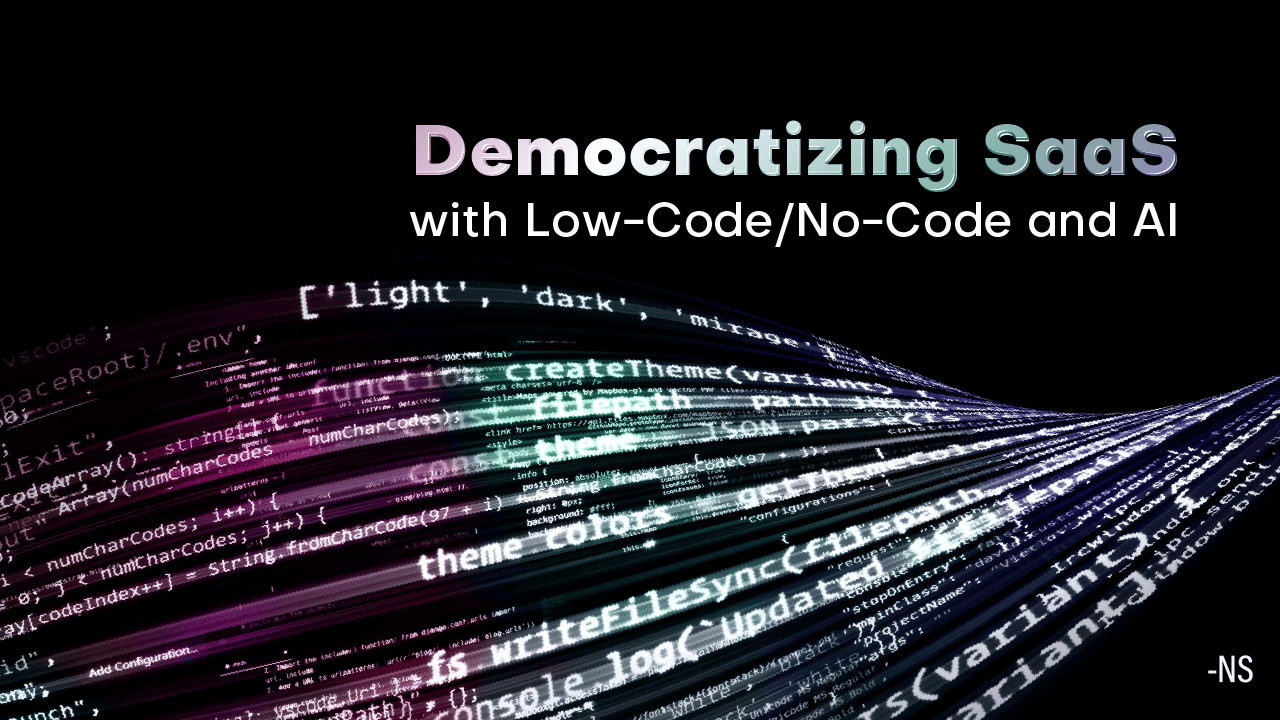I was intrigued to hear about Amazon’s recently launched AWS platform, AppFabric. By incorporating low code/no code philosophies in its development as well as generative AI and automation I believe that AWS has created a platform that could be a blueprint for much greater democratization of SaaS platforms.
This is important because as the world moves online and cloud tech grows more widespread, SaaS is going to become the primary mode of service delivery across IT spheres.
At PTP we have developed our own innovative SaaS and AI-based platform, Gabi, as a tool to help recruiters do their jobs faster and more efficiently. As such, I have witnessed first-hand the transformative power of SaaS solutions on modern businesses.
Recent research also supports the idea that businesses are turning to Software as a Service (SaaS) solutions more than ever. According to Statista, as of 2022, the average organization was utilizing around 130 apps. These web-based services have transformed how businesses operate, providing a flexible, scalable, and cost-effective alternative to traditional software.
But the solutions they offer are disjointed. Spread over multiple uses and verticals, they provide services that often overlap, aren’t utilized for the full range of capabilities, or are onboarded and ignored. As businesses increasingly rely on multiple SaaS applications, what they need is an integration platform-as-a-service (iPaaS). iPaaS solutions enable businesses to connect these disparate applications, allowing data and functionalities to flow seamlessly across different platforms.
Tools like AppFabric are designed to be just that.
But there is another element to building an integrated service platform, i.e. user experience.
One of the reasons why AppFabric stood out to me is that they allow users with minimal IT knowledge to operate the tool and get the job done. Additionally, they have also incorporated intelligent automation and machine learning to remove the burden of having to carry out the more technical and repetitive tasks, from the user.
If the goal is the democratization of software, achieving maximum reach, accelerating digital transformation, or bridging skill gaps, what we need is a way to reduce the burden of technical aptitude on the user. Automation and low/no code technology are the way to achieve that.
Democratizing SaaS and iPaaS with Low/No Code
Low/No code platforms are essential for businesses in our digitally driven world. They provide a pathway for non-technical business users to create or customize applications that meet their unique business needs, all without the need for extensive coding knowledge.
These platforms democratize the software development process, breaking down barriers that previously restricted application development to those with a specific set of technical skills.
They offer:
Speed: Low-code/no-code platforms significantly reduce the time it takes to develop and deploy applications, which can help businesses respond more quickly to market changes or internal demands.
Cost Efficiency: By enabling non-developers to create applications, businesses can save on the cost of hiring professional developers or outsourcing the work.
Innovation: By empowering a wider range of employees to develop solutions, businesses can potentially unlock innovation and creativity that might not emerge from a traditional development process.
For platforms like AWS AppFabric, being no-code means that businesses can reap these benefits while integrating their various SaaS apps, allowing for improved security, management, and operational efficiency.
Let AI do the heavy lifting
The integration of Artificial Intelligence (AI) into SaaS and iPaaS solutions has been a turning point, enabling novel levels of automation, insight generation, and decision-making support. By embedding AI into these technologies, we can:
- Streamline workflows: AI can automate routine tasks, freeing up team members to focus on strategic initiatives.
- Enhance data analysis: Machine learning algorithms can comb through vast amounts of data, extracting patterns and insights beyond human capacity.
- Improve responsiveness: Predictive analytics can help businesses anticipate market changes and react accordingly, offering a competitive advantage.
Aside from AppFabric, other platforms also integrate AI to improve their services. For instance, Salesforce’s Einstein AI employs machine learning to predict sales opportunities, and Zapier uses AI to execute actions across apps using natural language triggers.
Introducing generative AI to Saas
What sets AppFabric apart is its future integration of AI, specifically generative AI. Generative AI models, like the ones being developed as part of Amazon’s Bedrock AI platform, can create new content, expanding the realm of automation beyond structured tasks to more creative ones.
For example, the AI assistant in AppFabric could convert an email thread or a Slack conversation directly into a task in an application like Asana, Jira, or a customer relationship management platform entry. The implications of this are substantial. Consider the time saved in manually transferring these tasks, the decrease in potential human error, and the increase in productivity.
Another example would be in reporting. The AI assistant could generate a report or a presentation by pulling together data and insights from multiple connected apps, saving countless hours that would otherwise be spent compiling and organizing this information.
Conclusion
In the era of digital transformation, the integration of SaaS and iPaaS with no code and AI is revolutionizing how businesses operate. From streamlining workflows to enhancing decision-making, these technologies offer immense potential.
As business leaders, our challenge is to understand, adapt, and optimize these advancements, ensuring they translate into tangible benefits. The future of business belongs to those who can leverage technology to drive efficiency, agility, and growth.





